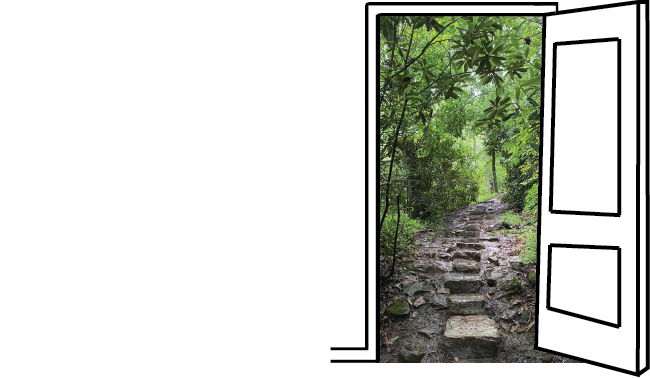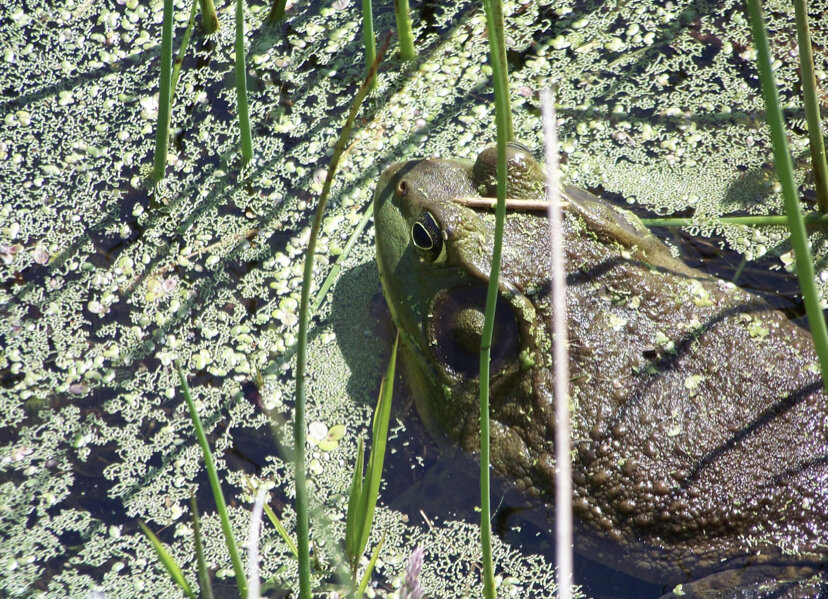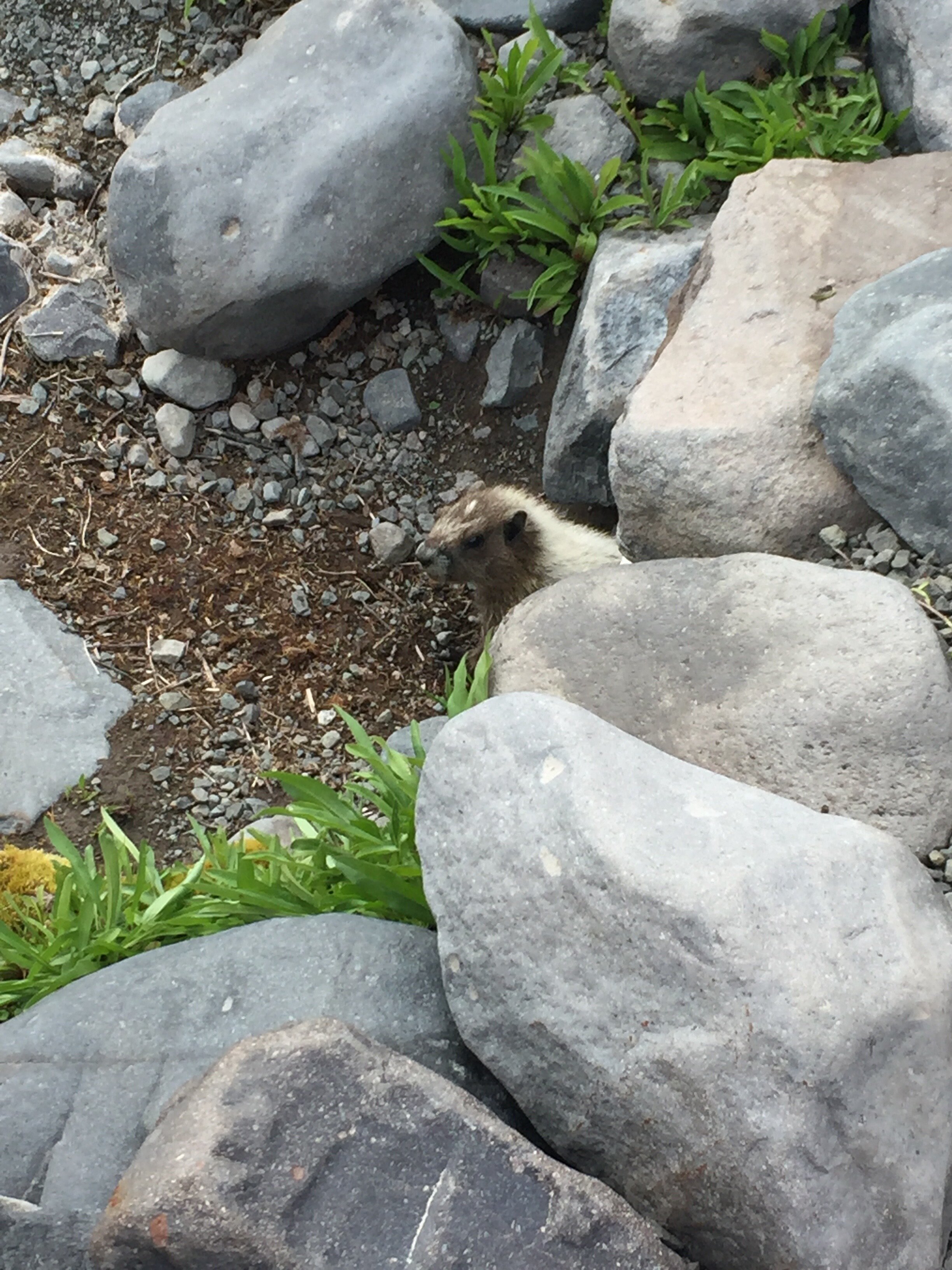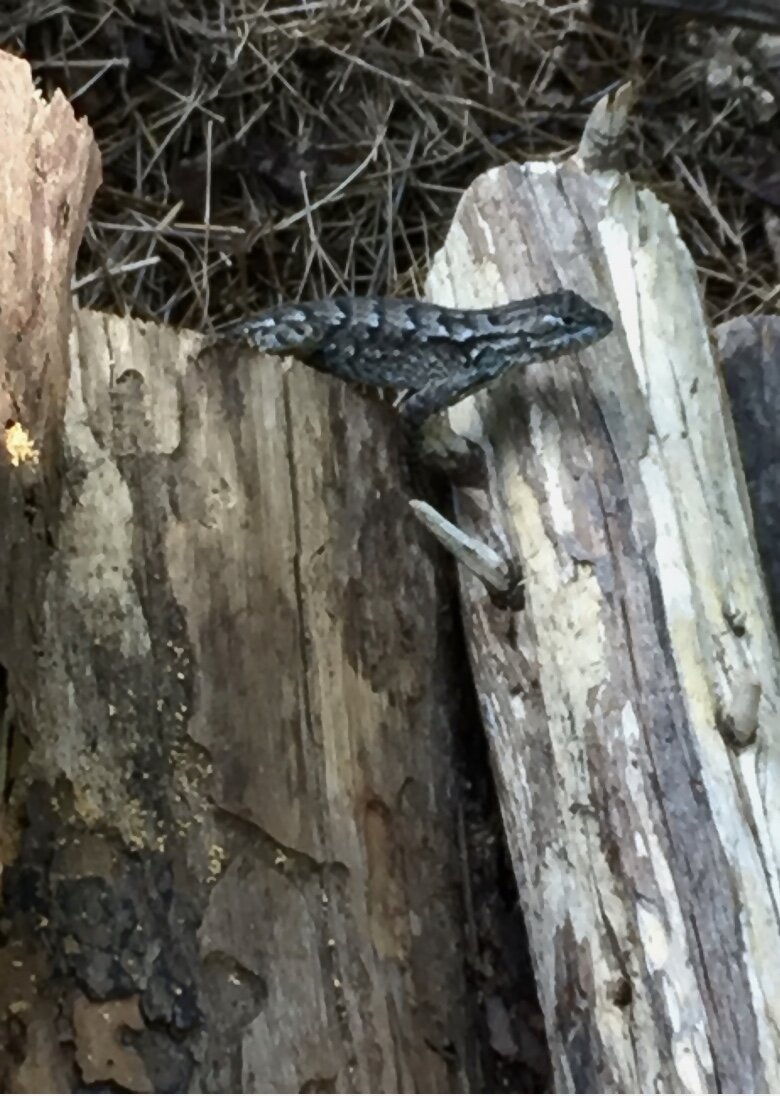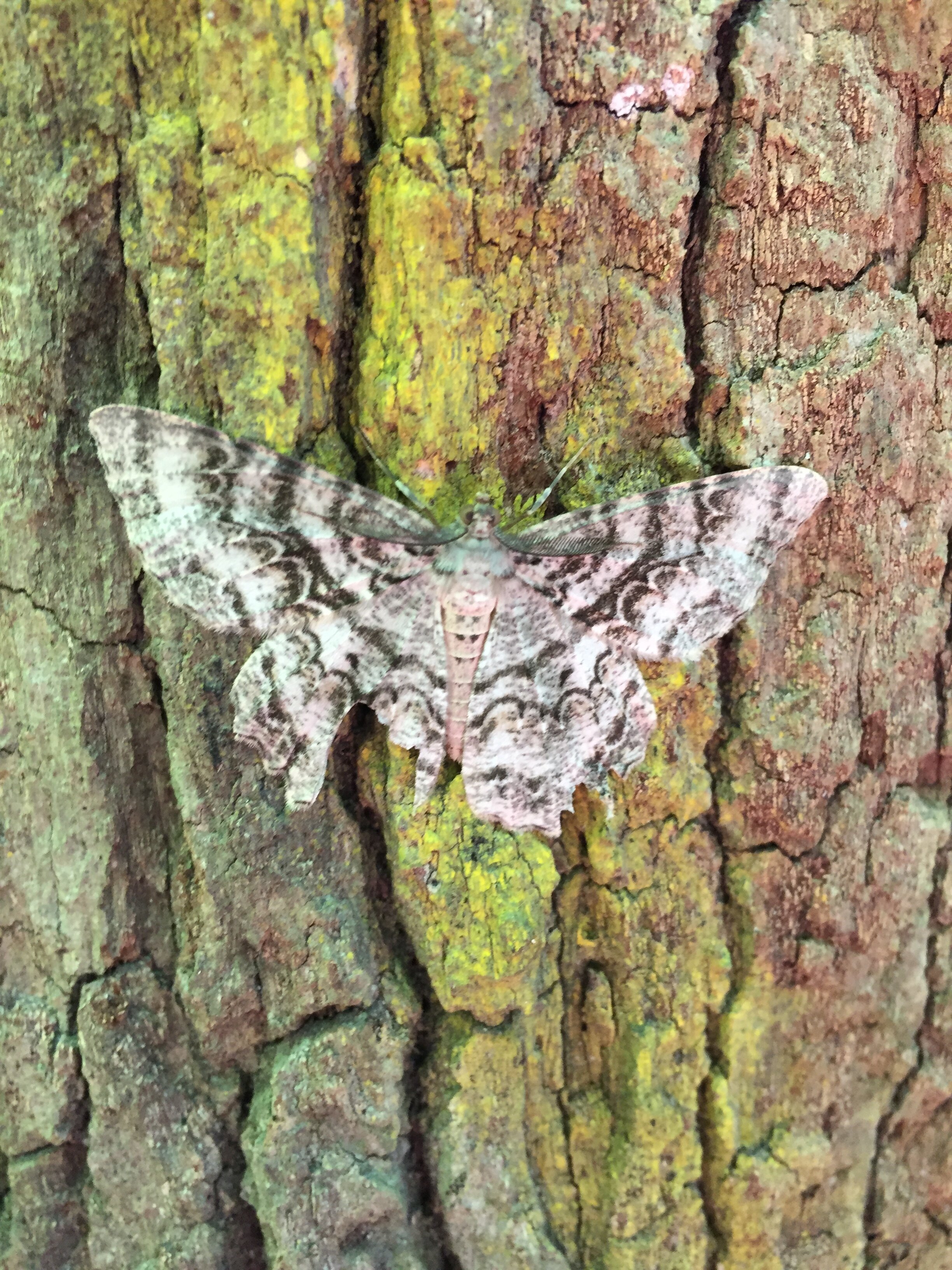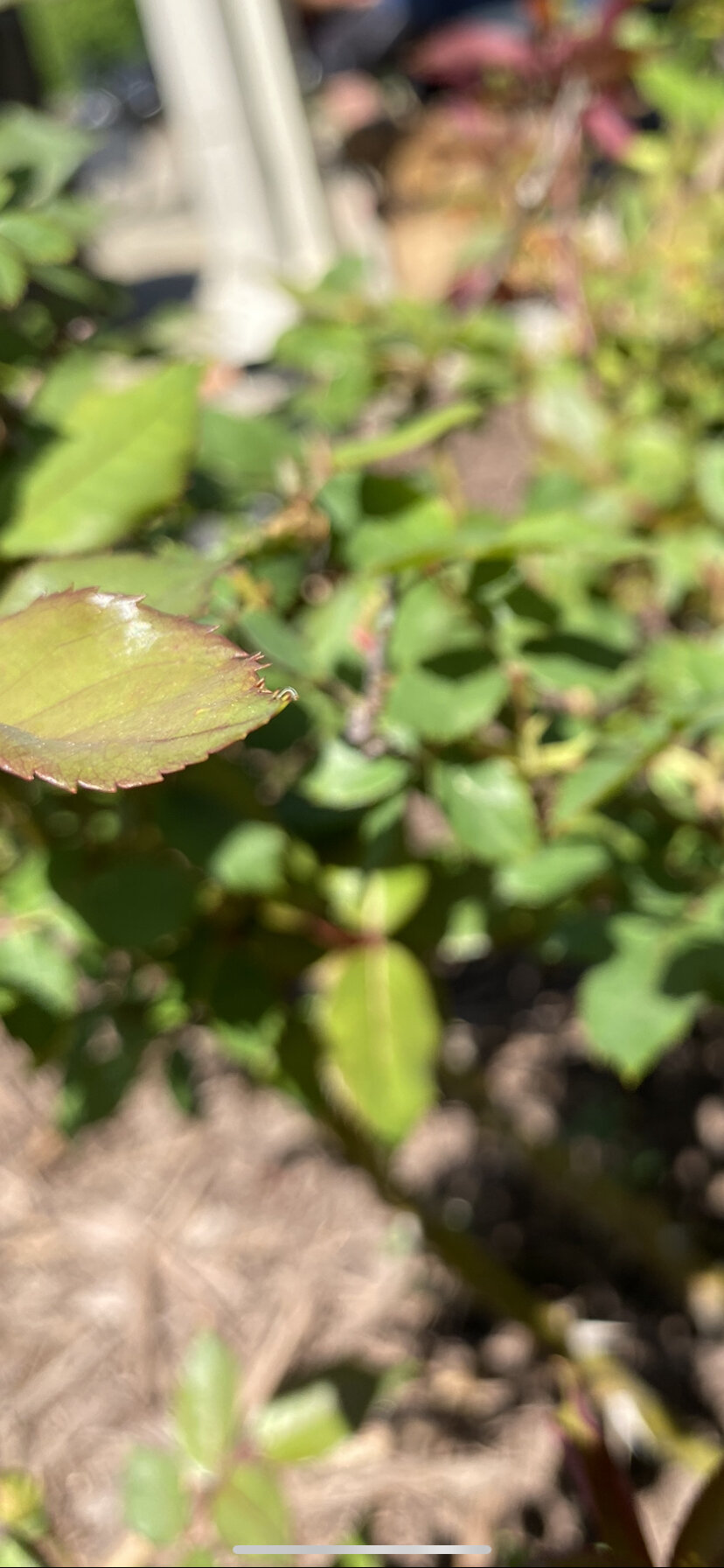Animals in Disguise
There are predators around every corner and animals need protection. One of the best defense mechanisms an animal has is camouflage. Camouflage is the act of blending into one's surroundings. Spots, stripes, colors and patterns help animals hide in their natural habitats.
Camouflage and Mimicry- what's the difference?
Mimicry is when an animal who is harmless makes itself look, smell or act like something that is dangerous or more threatening. A butterfly with large eye spots on its wing is an example of mimicry. The eye spots are flashed at predators in an attempt to make the predator think they are facing a much larger, more dangerous animal like an owl!
Camouflage is the act of blending into your surroundings. For example, a stick-bug is the same color and body shape as a twig and its habitat is a tree or bush therefore it blends in and is hard for a predator to locate. Another example is a blue heron bird, they camouflage by standing perfectly still and pretending their legs are reeds in the water.
Easy & Fun Game: best to play with a group of children aged 2-6: children are challenged to stand perfectly still without moving any parts of their body like a Great Blue Heron in the water. Time them to see how long they can stay still. When significant time has passed say, “Go catch fish!” and the kids can bend and pretend to grab fish with their pointy beaks. This is a great game to practice self regulation and body awareness.
Special thank you to our photographers Karen DuBois and Katie Reed!
